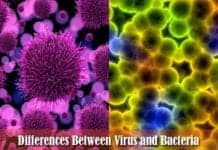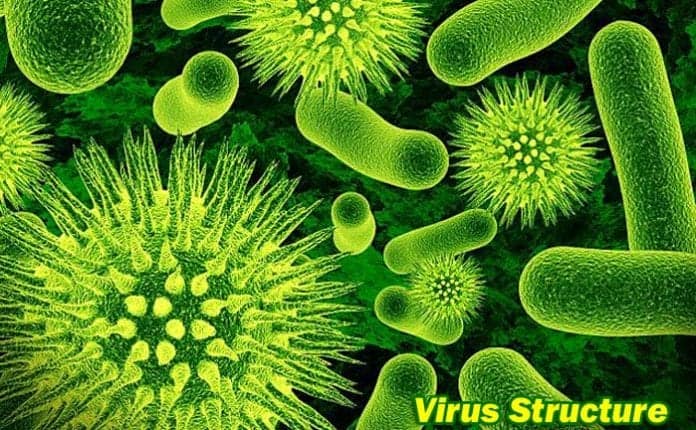
Virus Structure: A virus is an infectious non-living particle that cannot survive on its own. It is considered to be non-living because it cannot exist purely by itself. It requires a host cell to replicate itself and uses the host cell replication and protein synthesis machinery to create progeny of its own.
Viral hosts include all organisms ranging from microorganisms like bacteria to highly evolved species like animals and humans.
Viruses are not cellular and are referred to as particles with a size ranging from 20-300nm. A virus in its infectious state is called a virion.
In this state, certain infectious proteins are present on its surface which enhance the infection process.
Table of Contents
Virus Life Cycle
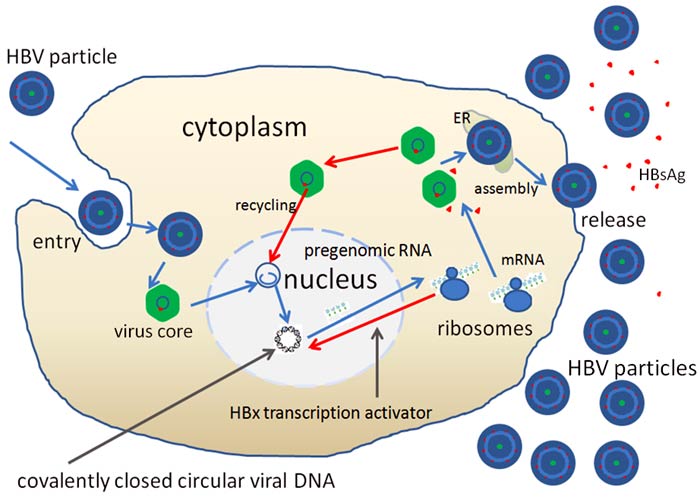
The life cycle of the virus is a series of steps that enable the virus to infect a host and replicate itself. It reprograms the host cell and uses the host cell machinery to replicate its DNA or RNA, thereby creating tiny copies of itself. The infection cycle consists broadly of 5 steps:
- Attachment: The viral particle attaches to the host cells using its outer layer or envelope that displays a variety of proteins complementary to host cell receptors.
- Entry: The entry of the viral DNA into the host cell using cell membrane fusion using proteins.
- Genome replication and protein synthesis: The replication of the viral genome and synthesis of viral capsid proteins.
- Assembly: The viral progeny is assembled using the newly synthesized genetic material and viral proteins.
- Release: Newly assembled viral progeny exit the cell and infect other cells, thus re-starting the infection cycle.
Some viruses lay dormant after infection of the host cell, whereas some get to work immediately to generate their progeny.
The morphological features of the virus aid in the infection process. Different shapes and morphologies of viruses enable infection for a range of host cells. Therefore, it is important to elucidate the structure of the virus further.
![]()
Virus Structure
The viral structure comprises three main components – Nucleic acid, Capsid, and the Envelope.
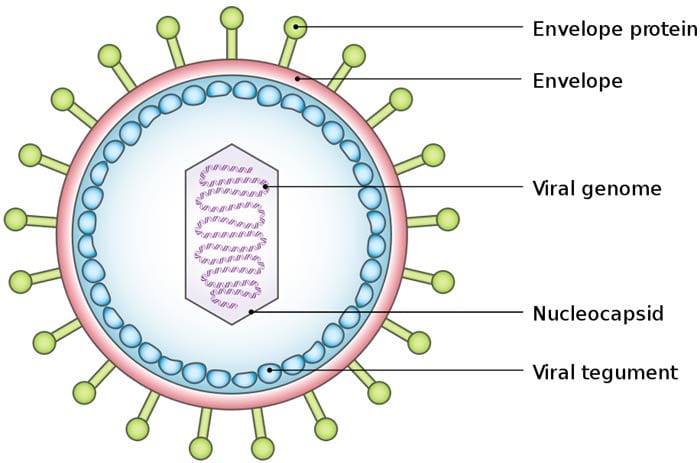
Nucleic acid
The nucleic acid of a virus is found within its inner core that contains the genetic information for the synthesis of proteins and replication.
- The genetic material of viruses can either be single stranded or double-stranded DNA or RNA. These strands are used as a template for transcription and translation for the synthesis of proteins, using host cell machinery, and can be either plus strands (positive or coding strand) or minus strands (negative strand or non-coding strand).
- In case of the presence of a negative single-stranded RNA as genetic material, some viruses contain a transcriptase enzyme to transcribe genetic material into its complementary coding form, ready for protein synthesis.
- Most viruses have RNA as genetic material, only a few being DNA viruses. Viruses can be classified based on their genetic content, which is discussed further on in this article.
- The size of the nucleic acid content or genome of viruses ranges from 5-200kb.
![]()
Capsid
The capsid is a protein layer or covering that forms a shell enclosing the genetic material of the virus.
- It is made of tiny protein particles or subunits called capsomeres. The number of capsomeres in a virus can differ from type to type.
- The nucleic acid and capsid together are called nucleocapsid. Capsomeres are arranged in a structured and repetitive manner that provides rigidity to the overall viral structure.
- The capsid gives shape and symmetry to the viral particle and protects its genome. The structure of the capsid can be helical, icosahedral, prolate, head or tail, or complex.
![]()
Envelope
Many viruses have a lipoprotein bilayer that encloses the capsid. This layer is called the envelope or glycoprotein coat, and consist of two lipid layers interspersed with proteins and is usually derived from the modified host cell membrane.
- Some viruses develop further structures on the envelope like spikes that aid the virus during the infection process. The proteins in the envelope help to attach to cell surface receptors of the host cell as well as, fusion and entry of the viral particle into the host cell.
- Apart from these, the envelope contains matrix proteins that help it to be attached to the nucleocapsid. Enzymes and proteins required in the viral life cycle can also be found in the envelope.
![]()
Viral Structure Types
There are many different classification systems for viruses. Viruses can be classified based on the structure of the capsid, genetic material, biological and physiochemical properties, etc. However, most commonly they are classified structurally or morphologically.
Helical
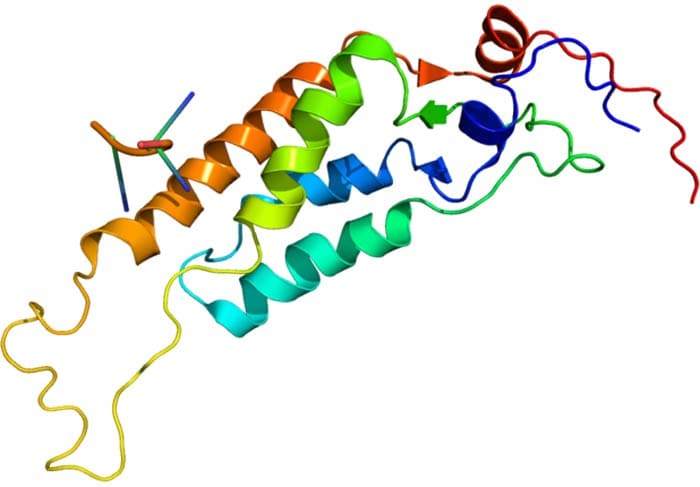
Viruses with the helical structure are composed of capsomeres that are identical to each other, and are typically arranged around a central axis, which gives it a helical form.
- The central portion of this structure can be a hollow cavity. They are also called rod-shaped or filamentous viruses when they appear thin or thread-like.
- The length and width of the helical capsid depend on the length of the genetic material enclosed within, and on the number of capsomere units that form the capsid respectively. The length ranges from 300-500nm and width ranges from 15-19nm.
- A classic example of a helical virus is the Tobacco Mosaic Virus or TMV, which is an RNA virus that infects plants. An example of an animal helical virus is the family of viruses called Orthomyxoviridae that causes influenza. Most helical viruses are single-stranded RNA viruses.
![]()
Icosahedral
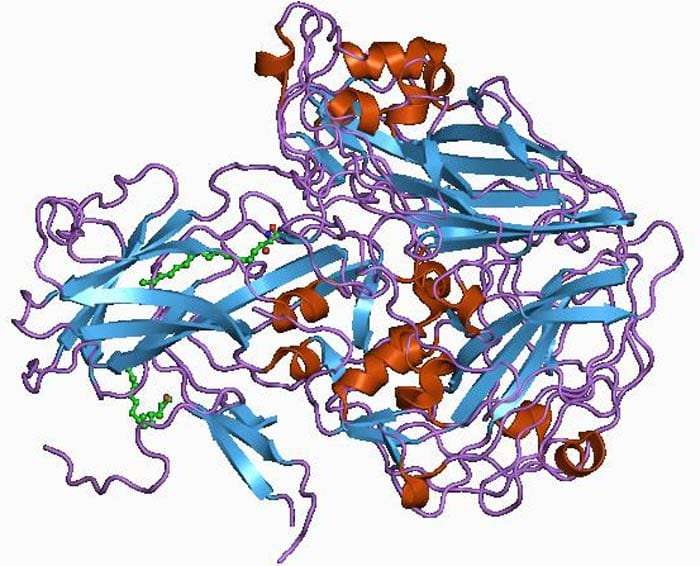
Essentially, an icosahedral shape is formed by the fusion of many equilateral triangles spherically. Classic examples of icosahedral viruses include Poliovirus, adenovirus, and rhinovirus.
- Geometrically, an icosahedral shape has 12 corners or vertices, 20 sides or equilateral triangles and 30 edges.
- There can be two types of icosahedral capsids – hexagonal at the vertices or pentagonal at the vertices.
![]()
Prolate
Viruses with prolate morphology have an elongated icosahedral shape. This morphology mostly belongs to bacteriophages which are viral particles that attack bacteria.
![]()
Head or Tail
Viruses with Head or Tail morphology are a hybrid between icosahedral and filamentous morphological types and basically consist of an icosahedral capsid attached to a filamentous tail. Some bacteriophages possess head or tail morphology of their capsid.
![]()
Complex or Asymmetrical
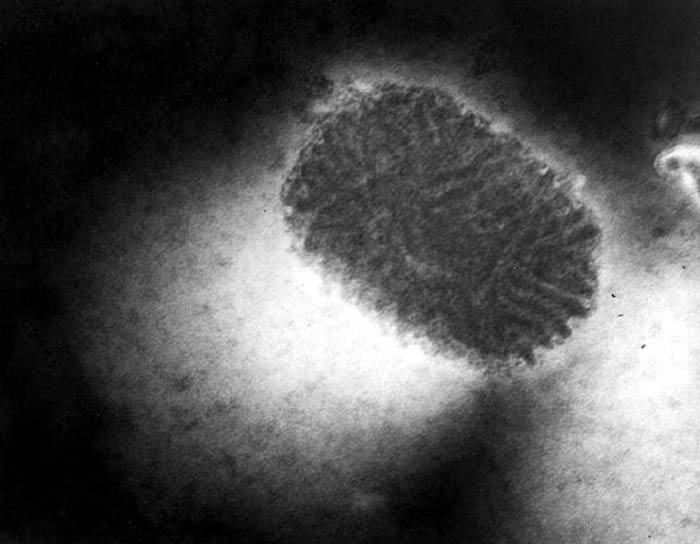
The complex morphological type consists of viruses whose capsid is neither helical nor icosahedral and may be asymmetric. There may be added structures on the outer wall or extra proteins that contribute to this morphological class. The poxvirus is an example of a complex virus due to its unique capsid and outer layer.
![]()
Functions of Structure
Here are the functions of virus structure.
- The capsid protects the nucleic acid or genetic content from damage such as UV-light or nucleases.
- The envelope of the virus aids in the infection process by initiating the attachment process.
- Proteins present on the viral capsid as well as envelope help in the delivery of the viral DNA into the host cell.
- The different structures and orientations of the capsid provide the virus with rigidity, symmetry, and shape.
- The capsid helps in the packaging of the genetic material of the virus.
![]()
The structure of viruses is of paramount importance to its life cycle and maintenance of genetic material. Different morphologies and forms of viruses are present that infect a range of host cells across a range of species from bacteria to humans.
It is very interesting to observe how the structure of a tiny non-living particle can impart crucial functions and benefits towards its sustenance.
![]()
Cite This Page
References
- “Virus: Structure and Symmetry -“. Accessed March 15, 2018. Link.
- “Molecular Expressions Cell Biology: Virus Structure”. Accessed March 15, 2018. https://micro.magnet.fsu.edu/cells/virus.html.
- “Virus Structure”. Accessed March 15, 2018. https://msu.edu/course/mmg/569/Virus%20Structure.htm.
- “Intro to viruses (article) | Viruses | Khan Academy”. Accessed March 15, 2018. https://www.khanacademy.org/science/biology/biology-of-viruses/virus-biology/a/intro-to-viruses.
- “Structure of Viruses | Boundless Microbiology”. Accessed March 15, 2018. https://courses.lumenlearning.com/boundless-microbiology/chapter/structure-of-viruses/.
- “The study of virus structure and function: a personal history” – Michael G Rossmann 2014 Phys. Scr. 89 098005. Accessed March 15, 2018. Link.



